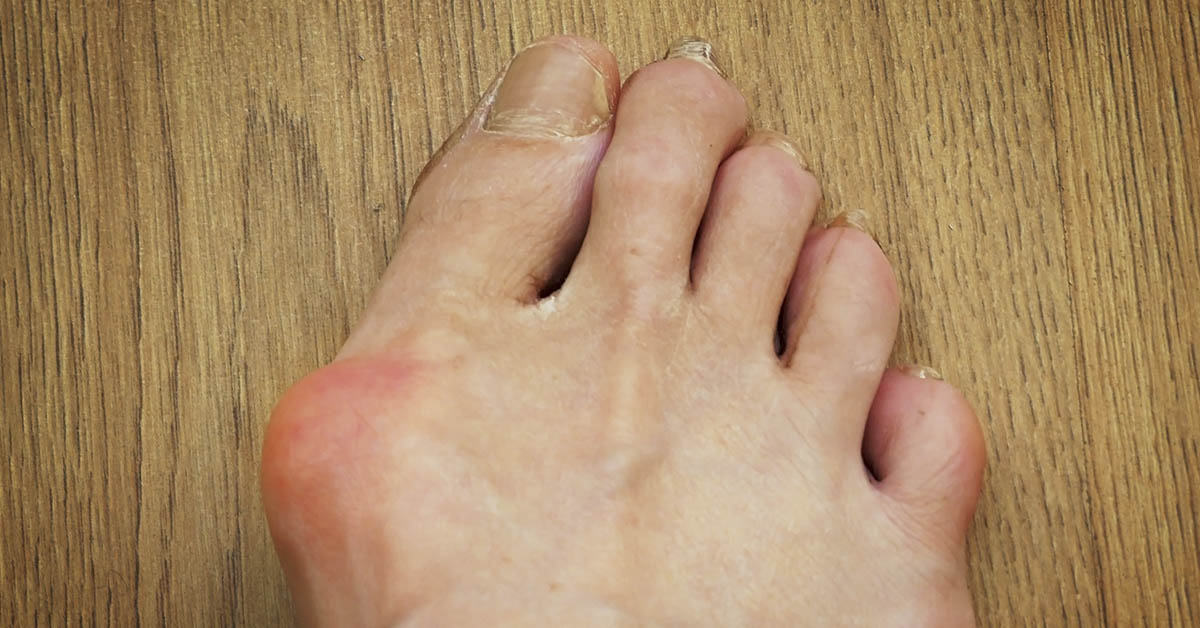Bunions are a common foot disorder that affects approximately one-third of adults in the United States. They occur when the big toe joint is misaligned. It leans too much toward the second toe, so the joint protrudes on the side of the foot and stretches it uncomfortably. They worsen over time and can cause pain, swelling, redness, and stiffness in the foot. Unfortunately, researchers have yet to find a definitive reason why this happens. But they suspect a combination of lifestyle factors and genetics. Perhaps the latter plays a much larger role, suggests a study into Evolutionary Medicine.
An Evolutionary Reason for Bunions
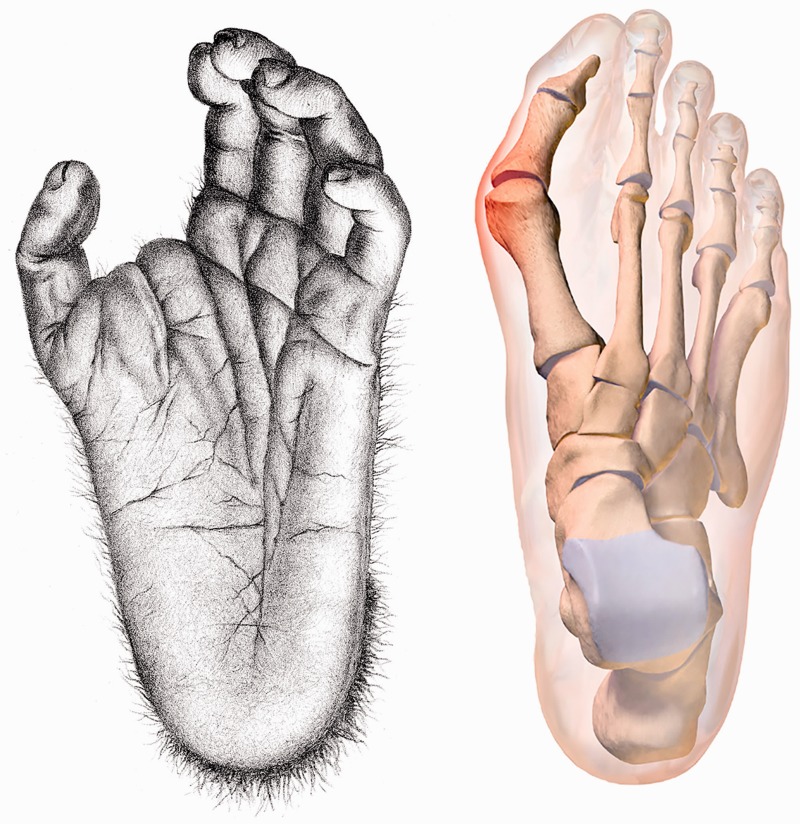
The researchers compare the functionality of the human foot to that of primates. Essentially, people use their toes as a propulsion while walking, but primates use their toes to grasp as they climb. This is possible because their big toe is rotated inward, like a thumb. Interestingly, human feet with bunions seem to imitate this rotation (although it makes the person less functional and more prone to pain). But the 2017 study concludes with the hope that investigating further into bunions from an evolutionary standpoint could lead to a better understanding of why they occur, how to prevent them, and how best to treat them.
Read More: Why Does Eating Spinach Make Your Mouth Feel Weird?
The Modern Big Toe
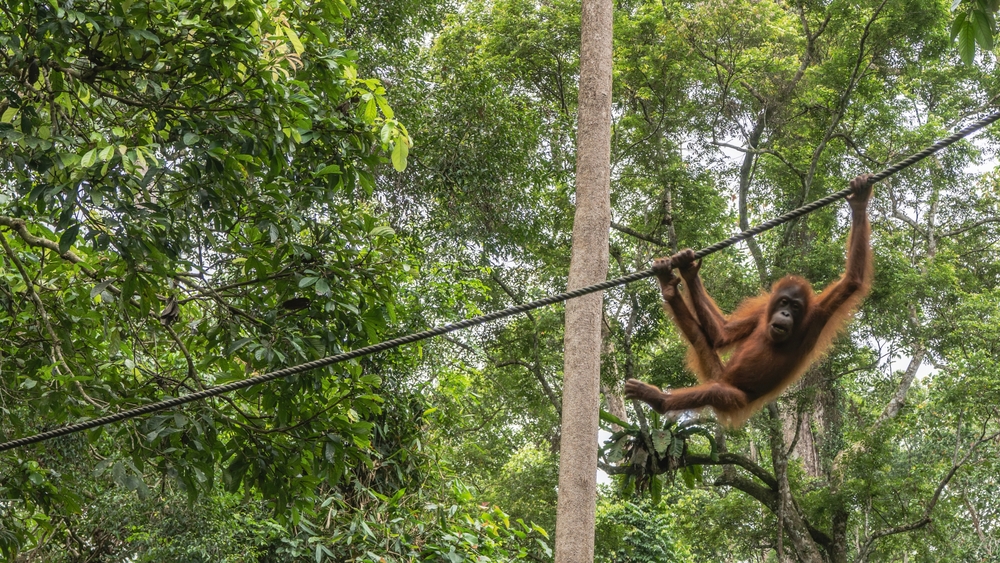
A 2018 study from the journal Anthropology didn’t just compare the feet side by side. The researchers made 3D scans of the toe bone joints from fossilized human relatives like primates and compared them to modern humans. They overlaid these scans in evolutionary order and determined that the shape of the bone in the big toe must’ve evolved later than the others. “The big toe is mechanically very important for walking,” said lead author Dr. Peter Fernandez from Marquette University in Milwaukee, to BBC News. “In our study, we showed that it did not reach its modern form until considerably later than the other toes.”
Walking and Grasping
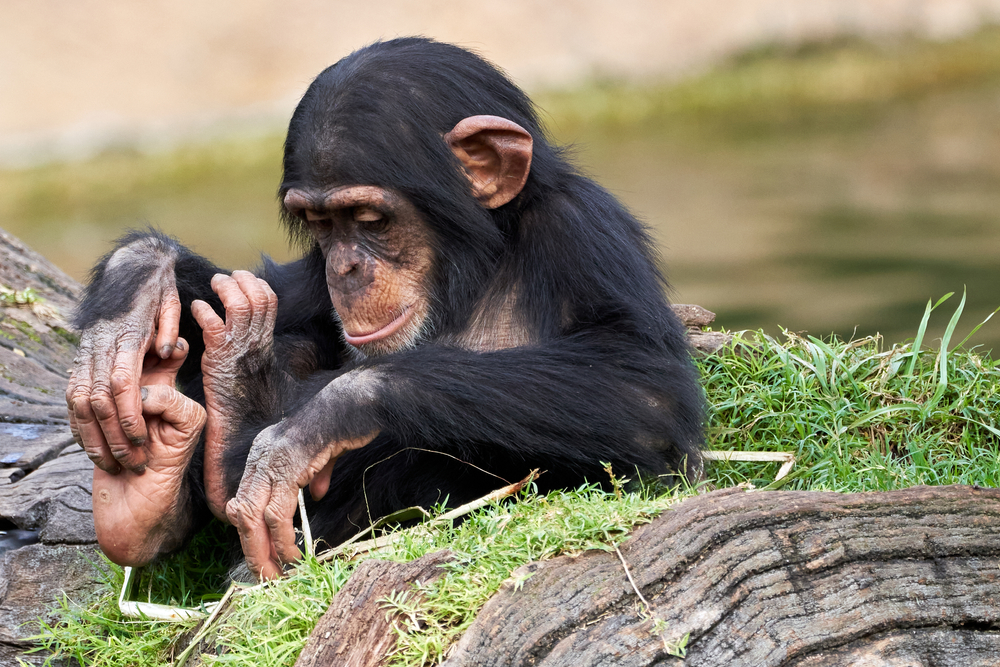
Dr. Fernandez said this slow change could signify how ancestral people evolved from climbing and walking to just walking. “Modern humans have increased the stability of the joint to put the toe in an orientation that is useful for walking, but the foot is no longer dextrous like an ape,” he explained. He points out that their study showed that these early walking humans (“hominins”) still used feet to grasp.
Read More: Why Do We Talk To Ourselves?
Opposable Big Toes
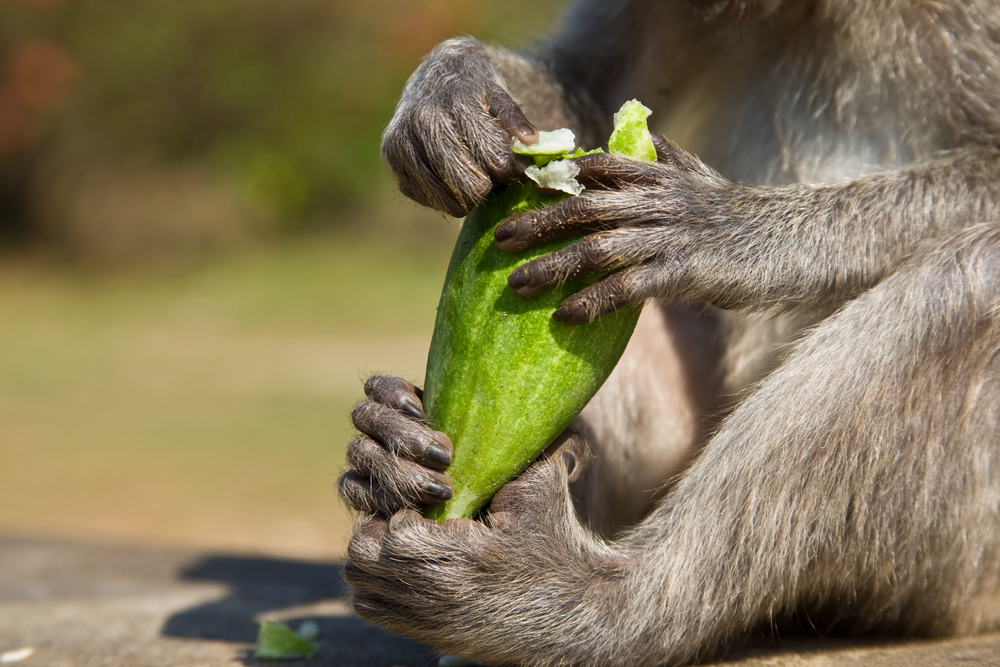
Professor Fred Spoor, an expert in human anatomy at the Natural History Museum, London, says this study changes the view on what makes bipedalism (the ability to walk on two legs) possible. He said, “It was a bit of shock when hominins were found that have a grasping, or opposable, big toe, as this was thought to be incompatible with effective bipedalism. This work shows that different parts of the foot can have different functions. When a big toe is opposable, you can still function properly as a biped.”
What Makes Feet Prone to Bunions?
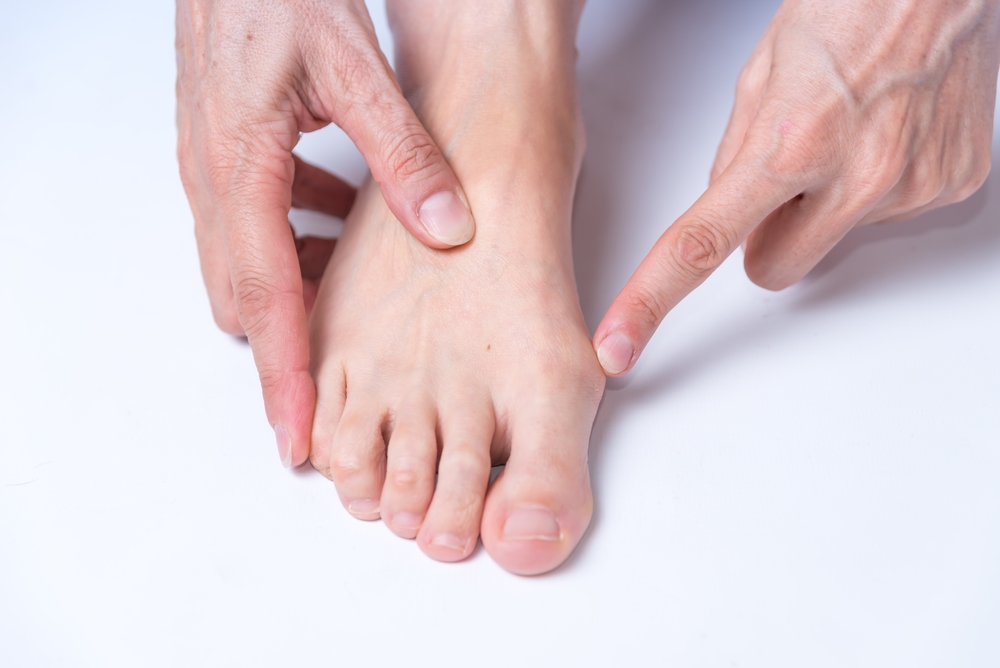
However, in modern people, an “opposable” big toe is a painful trait. Unfortunately, pedigree research has shown that people with family members with bunions are more likely to develop them as well. Foot type is another common risk factor, which is also related to genetics. For example, people with low arches or flat feet are more likely to get bunions because of the lax ligaments and muscles around the big toe. Additionally, people who spend extended periods on their feet are more likely to get bunions, such as teachers and nurses, says Harvard Health. This malady is also associated with arthritis, which damages cartilage, and pregnancy, which involves hormonal changes that loosen the ligaments.
Read More: Scientists Believe Dogs Are Entering a New Phase In Their Evolution
Blame Genetics
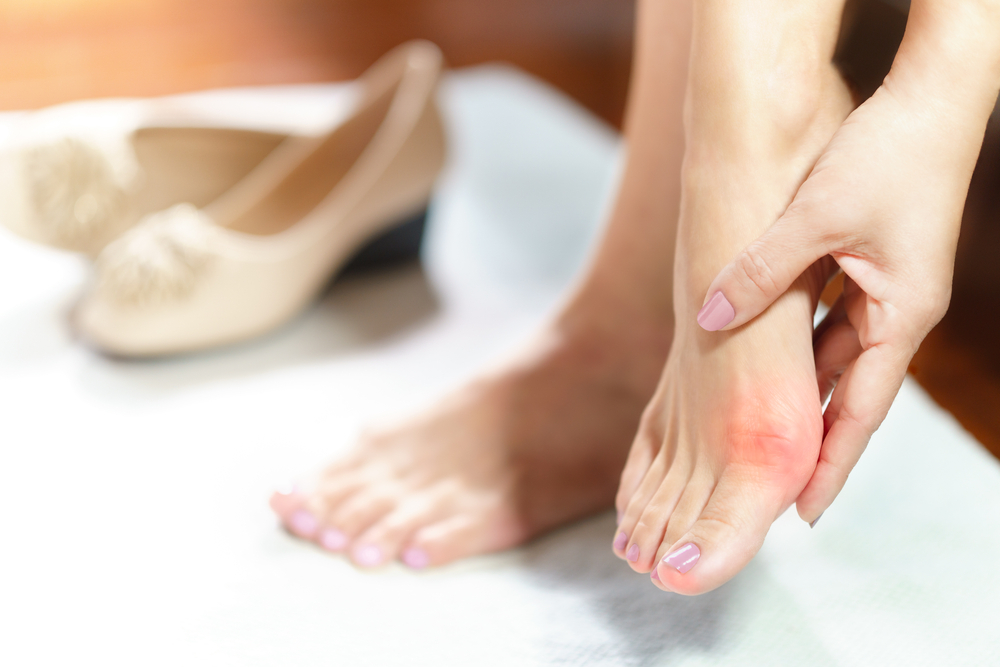
Bunions affect far more females than males, says Cleveland Clinic. So women who seek treatment for bunions may feel at fault for wearing heels or shoes that are tight around the toes. However, research indicates that poorly-fitting shoes are unlikely to cause bunions, but they may exacerbate them or speed their development in people who are already susceptible, says MedlinePlus. Moreover, there is a lot of evidence of ancient people with bunions despite their lack of modern footwear.
A History of Bunions
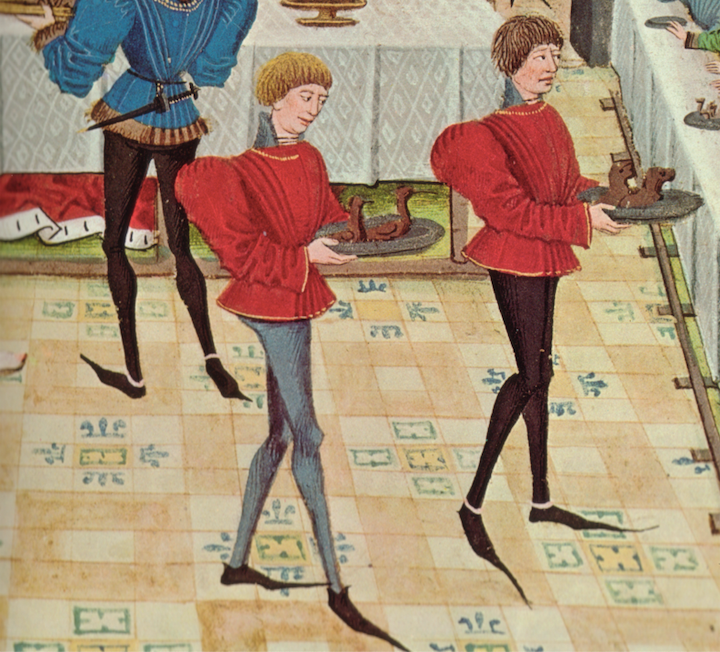
According to National Geographic, archaeologists have found bunions on ancient Egyption mummies and on prehistoric footprints in England. In fact, 27% of burials from the 14th and 15th centuries around Cambridge, England, showed skeletal evidence of the malady. Researchers believe the increase of bunions in this area came from the medieval fashion of “poulaine” shoes, which are long and narrow footwear that were stuffed with moss or horsehair to keep the tip pointed.
Treatment for Bunions
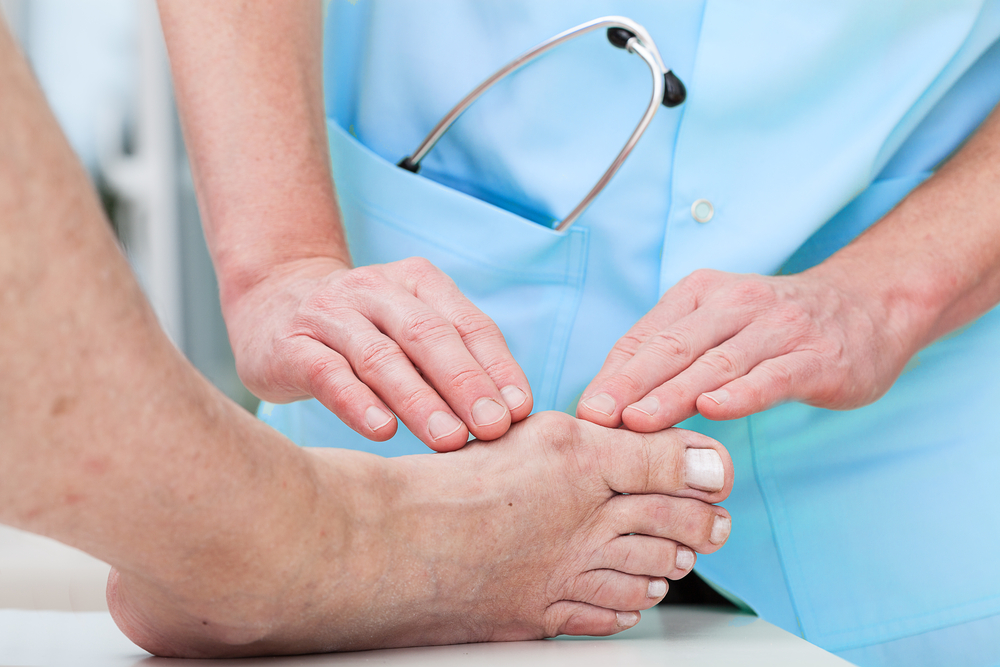
Bunion treatment varies depending on the severity of the case. This can include new footwear with wider toes, bunion cushion pads, orthotics, splints or medical tape, pain relievers for the discomfort and swelling, icing, anti-inflammatory medication, and physical therapy. Bunion correction surgery is recommended if walking is extremely painful or if no other methods help. See a doctor or podiatrist as soon as you notice symptoms of bunions. Early intervention often leads to the best outlook.
Read More: Mitochondria Transplants Could Revolutionize Disease Treatment and Increase Life Expectancy
